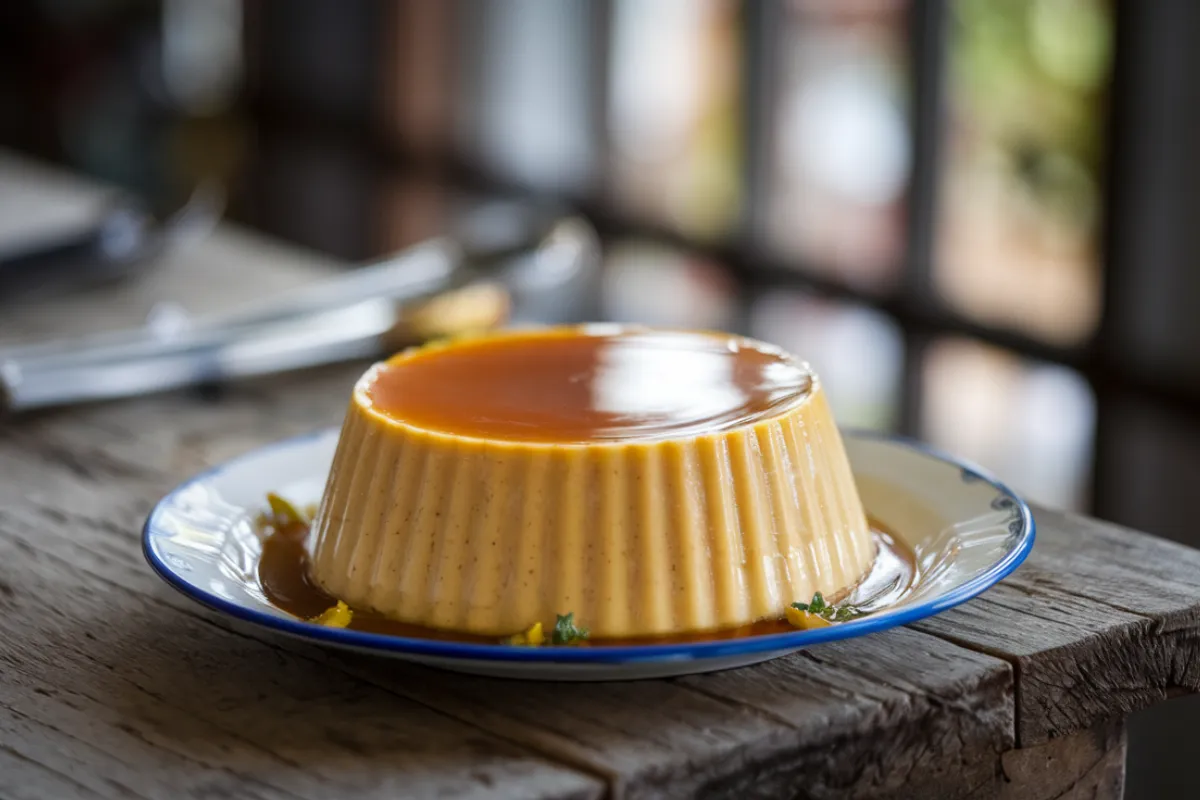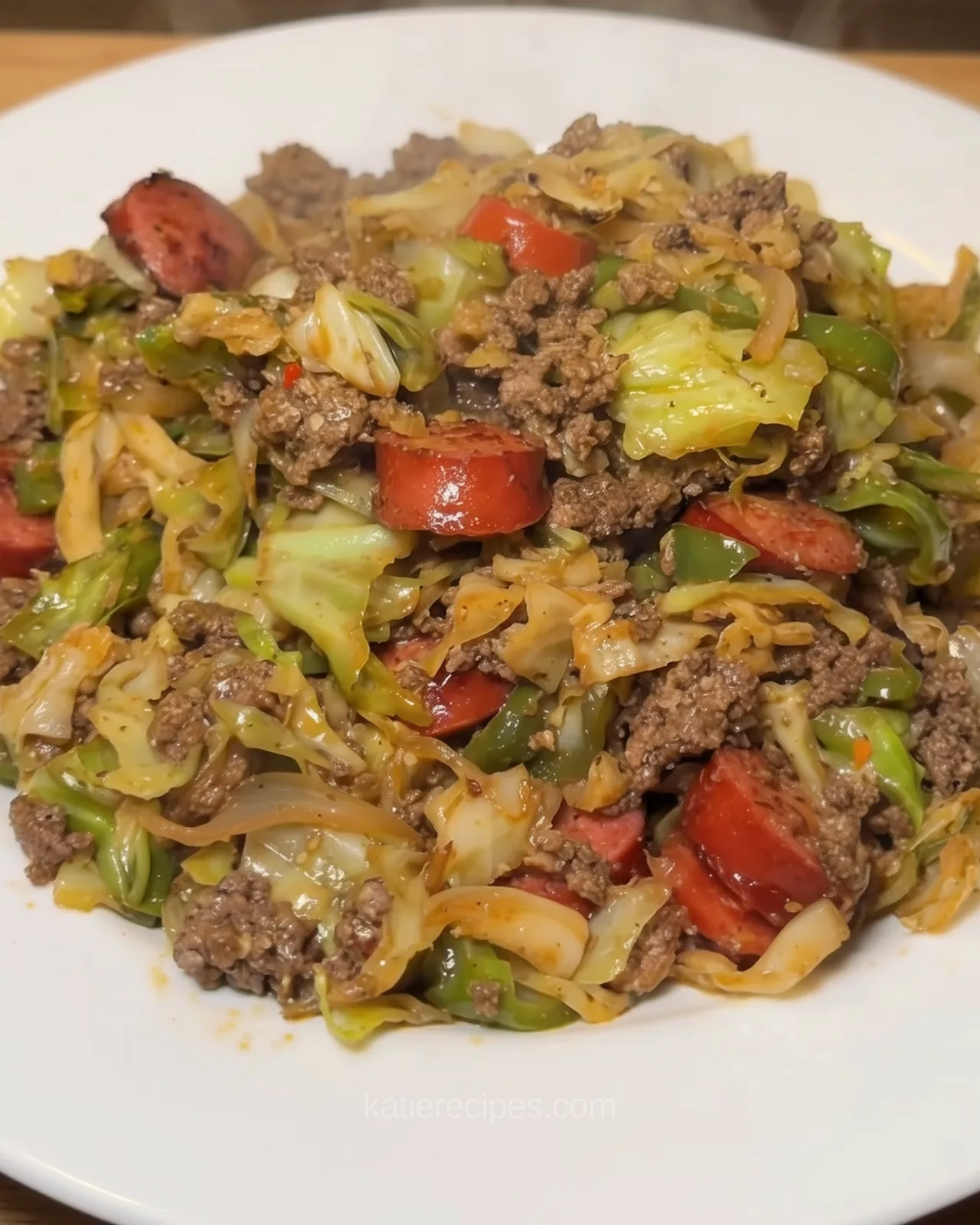Introduction to Quesillo: Venezuela’s Traditional Dessert
When it comes to Venezuelan cuisine, one dessert stands out among the rest for its simplicity and rich flavors—Quesillo. This traditional dish, often compared to flan or crème caramel, is a custard-like dessert that boasts a creamy texture and a delightful caramel topping. But don’t let its similarities to flan fool you; quesillo Venezuelan dessert is a unique treat with a personality all its own.
Quesillo is more than just a dessert in Venezuela; it is a symbol of home, comfort, and cultural pride. Whether served at family gatherings, special occasions, or simply as a sweet ending to a meal, this dessert holds a special place in the hearts of many Venezuelans. Unlike flan, quesillo is known for its distinct texture, which comes from the presence of whole eggs, including the whites, in the recipe, giving it a slightly firmer consistency and a more complex flavor profile.
If you’re intrigued by this traditional dessert, you’re in for a treat. In this article, we’ll explore everything you need to know about quesillo Venezuelan dessert—from its origins and ingredients to various preparation techniques and serving suggestions. By the end, you’ll be ready to make your own quesillo and impress your family and friends with a taste of Venezuela.
The History of Quesillo: A Journey Through Venezuela’s Dessert Heritage
The origins of quesillo Venezuelan dessert are deeply rooted in Venezuelan culture, where it has been a beloved dessert for generations. While its exact beginnings are somewhat murky, it’s widely believed that quesillo was influenced by European desserts brought to Latin America during the colonial era. Over time, this dessert evolved to include local ingredients and cooking methods, resulting in the unique dish we know today.
In Venezuela, quesillo is more than just a dessert—it’s a part of the national identity. It’s commonly served during holidays, birthdays, and other festive occasions, often as a homemade treat passed down through family recipes. The name “quesillo” itself is derived from the word “queso,” meaning cheese, which is a bit misleading as the dessert contains no cheese. The name likely refers to the dessert’s slightly porous texture, which resembles that of a fine cheese.
Throughout the years, quesillo Venezuelan dessert has remained a staple in Venezuelan households, and its popularity has spread to other parts of Latin America and beyond. Today, it’s enjoyed by people of all ages, and its recipe continues to evolve with new variations and twists being introduced by creative cooks around the world.
Quesillo Recipe: Essential Ingredients and Preparation Tips for the Perfect Venezuelan Dessert
Creating the perfect quesillo Venezuelan dessert requires a few simple ingredients, but the process is a delicate one that requires attention to detail. Here’s a breakdown of what you’ll need and how to prepare it:
Essential Ingredients for Quesillo: The Foundation of Venezuela’s Favorite Custard
- 1 cup white sugar (for caramel)
- 1 (14-ounce) can sweetened condensed milk
- 1 ¾ cups milk (or as needed)
- 3 eggs
- 1 teaspoon vanilla extract
Quesillo Variations for Special Diets: Vegan and Dairy-Free Options
- For a dairy-free version, substitute sweetened condensed milk with coconut condensed milk and regular milk with almond milk or coconut milk.
- To make a vegan quesillo, replace the eggs with silken tofu and add a tablespoon of cornstarch for consistency.
Step-by-Step Guide: How to Prepare Quesillo with the Bain-Marie Technique
1. Making the Caramel for Quesillo: Tips for a Perfect Caramel Layer
- Start by melting 1 cup of sugar in a nonstick pan over medium-low heat. Stir constantly until the sugar is fully melted and turns a golden brown, taking care not to let it burn.
- Once melted, quickly pour the caramel into a flan mold, swirling it around to coat the bottom and sides. This will form the caramel layer that will sit on top of your quesillo Venezuelan dessert once it’s inverted.
2. Preparing the Custard for Quesillo: Achieving the Perfect Venezuelan Custard Dessert Texture
- In a large bowl, combine the sweetened condensed milk, regular milk, eggs, and vanilla extract. Stir thoroughly to ensure that all the ingredients are well combined.
- Carefully pour the mixture into the caramel-coated flan mold.
3. Baking Quesillo Using the Bain-Marie Method: Ensuring Even Cooking
- Preheat your oven to 350°F (175°C).
- Prepare a bain-marie (water bath) by placing the flan mold in a larger baking dish. Pour hot water into the baking dish until it comes halfway up the edges of the flan mold.
- Cover the flan mold with a lid or aluminum foil and place it in the oven. Bake for 45 minutes, then check for doneness. Arrange the quesillo so that it is set around the edges and jiggly in the middle.
- Bake for a further 10 to 15 minutes, if necessary. Once done, remove it from the oven and allow it to cool at room temperature before refrigerating for at least 8 hours or overnight.
Popular Variations of Quesillo: Exploring Venezuela’s Diverse Custard Creations
While the classic quesillo Venezuelan dessert recipe is beloved by many, there are several variations that add unique flavors and textures to the dessert. Here are some popular twists on the traditional quesillo:
Regional Quesillo Variations in Venezuela: From Classic to Creative
- In different regions of Venezuela, quesillo can vary slightly in flavor and texture. For example, some areas add a splash of rum or brandy to the custard mixture for a richer taste.
Coconut Quesillo: A Tropical Twist on Venezuela’s Traditional Dessert
- For a tropical twist, add grated coconut to the custard mixture before baking. This adds a delightful crunch and a hint of coconut flavor that pairs perfectly with the caramel topping.
Chocolate Quesillo: Decadent Dessert for Chocolate Lovers
- Chocolate lovers can enjoy a variation that incorporates cocoa powder or melted dark chocolate into the custard. This results in a decadent, chocolatey version of quesillo that’s sure to impress.
Vegan and Dairy-Free Quesillo Options: Satisfy Every Dietary Need
- As mentioned earlier, a vegan version of quesillo can be made using silken tofu and plant-based milk. For those avoiding dairy, coconut milk and coconut condensed milk are excellent substitutes.
Quesillo Presentation and Serving Ideas: Elevate Venezuela’s Traditional Dessert
Once your quesillo is fully set and chilled, it’s time to serve and enjoy. Here are some ideas for presenting your quesillo Venezuelan dessert in a way that’s as beautiful as it is delicious:
Traditional Quesillo Serving Styles: Enjoy Venezuela’s Classic Custard Dessert
- The most common way to serve quesillo is by inverting the flan mold onto a plate, allowing the caramel to flow over the custard. The caramel acts as both a topping and a sauce, adding sweetness and visual appeal.
Modern Quesillo Plating Techniques: Creative Presentation for a Classic Dessert
- For a more modern presentation, try slicing the quesillo into individual portions and serving it with a garnish of fresh fruit or a dollop of whipped cream. You can also drizzle additional caramel sauce or a fruit coulis over the top for added flavor.
Perfect Pairings: What to Serve with Quesillo for a Complete Venezuelan Dessert Experience
- Quesillo pairs beautifully with a variety of accompaniments. Consider serving it with a side of fresh berries, sliced mango, or a scoop of vanilla ice cream. The sweetness of the custard and caramel contrasts nicely with the tartness of the fruit, creating a balanced and satisfying dessert.
Nutritional Information for Quesillo: Balancing Flavor and Health in Venezuela’s Favorite Dessert
While quesillo Venezuelan dessert is undoubtedly delicious, it’s important to be mindful of its nutritional content. Here’s a breakdown of the calories and nutrients found in a typical serving of quesillo:
- Calories: 309
- Total Fat: 7g
- Saturated Fat: 4g
- Cholesterol: 91mg
- Sodium: 110mg
- Total Carbohydrates: 54g
- Sugars: 54g
- Protein: 8g
Nutritional Benefits and Drawbacks of Quesillo: A Closer Look at Venezuela’s Custard Dessert
- Quesillo is rich in calcium and protein due to the milk and eggs, making it a good source of these essential nutrients. However, it’s also high in sugar and saturated fat, so it should be enjoyed in moderation.
Tips for a Healthier Version of Quesillo: How to Enjoy Venezuela’s Dessert Guilt-Free
- To reduce the calorie and sugar content, consider using low-fat milk and sugar substitutes in your recipe. You can also experiment with using plant-based ingredients to make a lighter, healthier version of this classic dessert.
FAQs About Quesillo: Common Questions on Venezuela’s Traditional Dessert
What is the Difference Between Quesillo and Flan?
While quesillo and flan are similar in appearance and preparation, there are key differences that set them apart. Quesillo Venezuelan dessert is typically denser and has a more pronounced egg flavor due to the inclusion of whole eggs, while flan is smoother and creamier with a more delicate texture.
How Do You Prevent Quesillo from Cracking?
To prevent cracking, it’s important to bake your quesillo in a bain-marie, which provides gentle, even heat. Additionally, avoid overbaking the custard—once it’s set around the edges but still slightly jiggly in the center, it’s done.
Can Quesillo Be Made Without a Flan Mold?
Yes, you can make quesillo without a traditional flan mold. In a pinch, an oven-safe pot or a cookie tin with a tightly secured lid can be used as a substitute. Just make sure the container you use is heatproof and allows for even cooking.
How Long Does Quesillo Last in the Refrigerator?
Quesillo can be stored in the refrigerator for up to 5 days. To maintain its freshness, keep it covered to prevent it from absorbing any odors from other foods.
Quesillo in Venezuelan Celebrations: The Role of Custard in Festive Traditions
In Venezuela, quesillo is much more than a dessert—it’s a symbol of celebration and togetherness. Whether it’s served at a birthday party, holiday gathering, or a simple family dinner, quesillo is always a welcome addition to the table.
The Importance of Quesillo in Venezuelan Family Gatherings
- Quesillo is often made by grandmothers and passed down through generations as a family recipe. It’s a way of keeping traditions alive and sharing a piece of Venezuelan culture with loved ones.
Quesillo in Venezuelan Festivals: A Sweet Tradition
- During festivals and holidays like Christmas and Easter, quesillo is a staple dessert. It’s often accompanied by other traditional dishes, making it a central part of the celebration.
Cultural Symbolism of Quesillo: More Than Just a Dessert
- For many Venezuelans, quesillo represents home and comfort. It’s a dessert that brings back memories of childhood, family gatherings, and the warmth of a home-cooked meal. In this way, quesillo is more than just a dessert—it’s a connection to one’s heritage and culture.
Common Mistakes and Troubleshooting for Quesillo: Avoiding Pitfalls in Venezuela’s Custard Dessert
Even the most experienced bakers can encounter challenges when making quesillo. Here are some common mistakes and how to avoid them:
Avoiding Caramel Burn: Tips for Perfect Quesillo Caramel
- One of the trickiest parts of making quesillo is getting the caramel just right. To avoid burning it, cook the sugar over medium-low heat and stir constantly. As soon as it is golden brown, take it off the heat.
Ensuring Smooth Custard: How to Achieve the Perfect Quesillo Texture
- To achieve a smooth custard, make sure all ingredients are well-mixed and free of lumps before pouring the mixture into the flan mold. Additionally, tap the mold gently on the counter to release any air bubbles that might cause holes in the custard.
Proper Cooling Techniques for Quesillo: Avoiding Condensation and Cracking
- After baking, allow the quesillo to cool at room temperature before refrigerating it. This helps prevent condensation from forming on the surface, which can cause the caramel to become too runny.
External Resources and Further Reading on Quesillo and Venezuelan Desserts
For those interested in diving deeper into the world of quesillo and other custard-based desserts, there are plenty of resources available:
- Explore the history of flan to understand how this dessert has influenced quesillo and other similar treats.
- Learn about the cultural significance of desserts in Latin American cuisine and how quesillo fits into the broader culinary landscape.
- Master the bain-marie technique to perfect your custard-making skills and ensure your quesillo Venezuelan dessert turns out perfectly every time.
Conclusion: Celebrate Venezuelan Cuisine with Homemade Quesillo
Quesillo is more than just a dessert—it’s a beloved part of Venezuelan culture that brings people together and adds sweetness to life’s special moments. Whether you’re making it for the first time or you’ve enjoyed it for years, quesillo is a treat that never fails to impress. With its rich history, diverse variations, and simple yet delicious recipe, quesillo Venezuelan dessert is a dessert that deserves a place in every kitchen.
So why not give it a try? With the right ingredients, a little patience, and the tips and tricks outlined in this guide, you’ll be well on your way to making the perfect quesillo. Enjoy the process, savor the flavors, and share this wonderful dessert with those you love.






